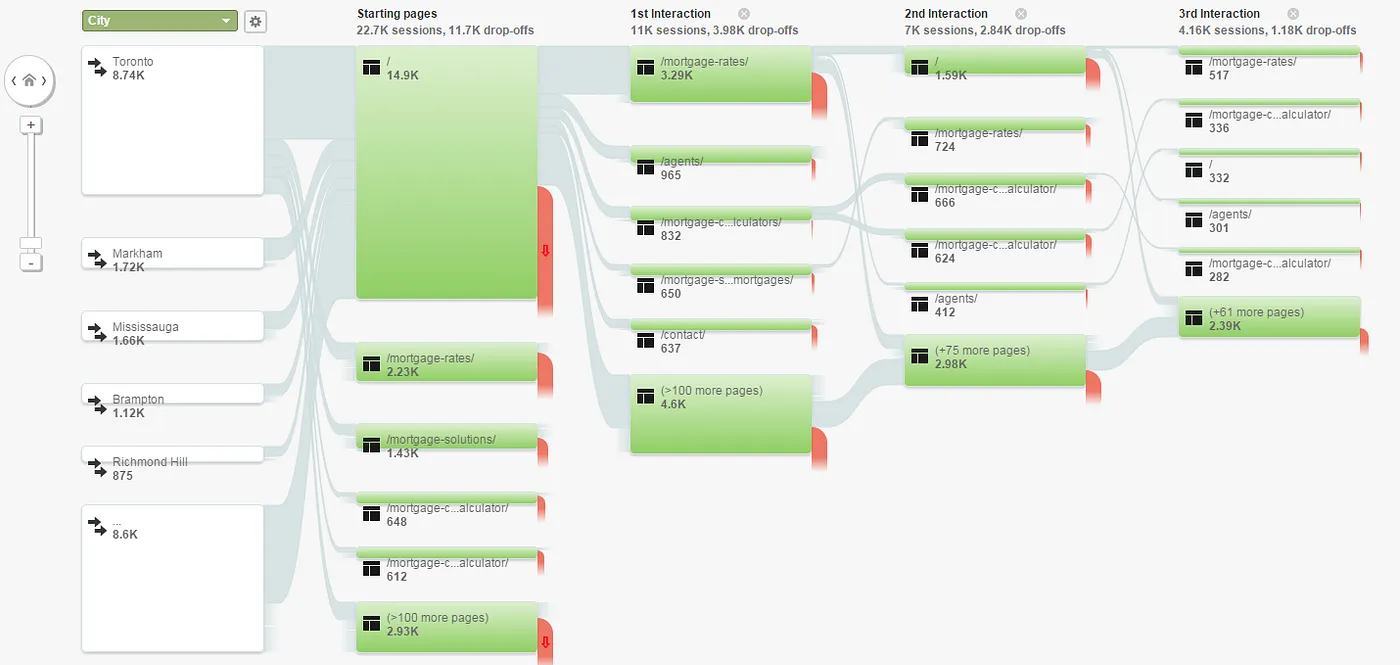2024 was a crazy year. A lot of things have changed in terms of web design, SEO, content, and digital marketing, and as soon as you started applying a new approach, the newer technique started dominating over the previous one. That’s pretty tiresome, isn’t it?
But what if we tell you that there are certain things that will always be impacting your website’s usability and ranking no matter what digital trends are?
We compiled a list of what a successful website should have and gave a few suggestions on how to improve your digital presence.
Mistake #1. Your website takes a lot of time to load
Our world is a place of great speed and no patience. It means that you can win or lose a customer just in one second. According to HubSpot, 39% of people will stop engaging with a website if images won’t load or take too long to load, and it’s still relevant in 2025. Just because users get frustrated by slow-loading websites, Google ranks ultra-fast and optimized sites higher than those that take more than 3 seconds to load.
Why is your website loading slow?
Reasons may be different — large media files, flash content, cashing issues unclean code, bad hosting — and whatever they are, ask your development team to diagnose any existing or potential loading issues to improve your website optimization.
Mistake #2. Many pop-ups
Although pop-ups can catch visitors’ attention, keep them stay on the website, and encourage conversions, a good practice is to use them less frequently. Pop-ups can annoy, distract and confuse users if they are irrelevant in regard to the customer’s journey and push them towards the action that visitors aren’t ready for based on the funnel stage.
What’s more, pop-us can lower website rankings by slowing down website speed while high speed is one of the most important things for a website. We suggest using just a few pop-ups depending upon the buyer’s journey, your market, and your marketing strategy objectives.
Mistake #3. No clear CTAs
Having unclear CTAs is the next thing that makes a bad website.
70% of small business websites lack a call to action (CTA) on their homepage.
Well-defined call-to-action (CTA) links are crucial for a good user experience and is a thing every website should have. By including CTAs like “message us”, “contact an expert” or “learn more” you lead your customers to the next step which is buying your product or service. What’s more, customers find it easier to communicate and partner with businesses that make it simple to get in touch with them.
Mistake #4. Your website violates design norms
38% of people will stop engaging with a website if the content or layout are unattractive.
Nowadays people don’t trust first impressions, however, in the digital world, it’s the opposite. Did you know that it takes about 0.05 seconds for users to form an opinion about your website? That determines whether they’ll stay or leave.
How can you improve it?
- You don’t have to follow each UI/UX design trend, because the “less is more”.
- Make the message of each page clear, create an easy and intuitive route through your website.
- Create clear navigation, so that your visitors could find a search function, navigation bar, and contact information.
- Links on your website must indicate where your visitors are, where they’ve been, and where they can go.
- Avoid using non-standard link colors.
Today the job market has a more digital nature than a year ago, and most people spend their entire day in front of computers. Thus, in 2025, comfortable colors are a middle ground for designers. Soft color palettes, like off-white, sage greens, light blues, warm browns, or pastel pinks are easier on the eyes than darker colors. Now it’s more about comfort than innovation.
Mistake #5. No responsive design
Responsive design adjusts to any device your customer uses to browse your website.
According to Invision, 85% of adults think that a company’s website when viewed on a mobile device should be as good or better than its desktop website and nearly 8 in 10 customers would stop engaging with content that doesn’t display well on their device.
4,66 billion people are active users of mobile devices and the Internet, which means that people want to access what you offer via smartphones and tablets. If you still don’t have a responsive website, make it a priority in your website changes list.
Mistake #6. Your website lacks simplicity
Have you ever given up on an app or website because you couldn’t find out how certain features work on them? If you’ve had an exact or similar experience you definitely understand the importance of web products to be simple. You can make your website simple by minimizing unnecessary features and adding those that make the user’s life easier.
For example, if you have a website page that no one visits, replace it with something else, that your target audience will like.
Mistake #7 Typography mistakes
Can you read this message?







_1764586939-small.webp)
